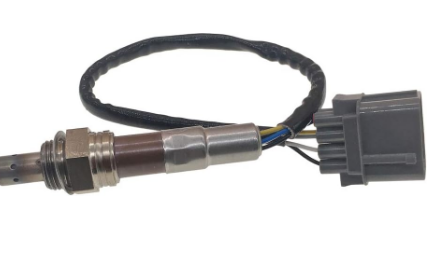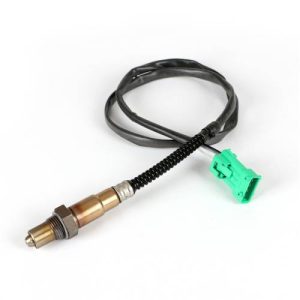Your cart is currently empty!
Is it Safe to Drive with a Failing O2 Sensor? Here's What You Need to Know
When it comes to the proper functioning of your vehicle, every component plays a crucial role. One such component that often goes unnoticed but has a significant impact on your car's performance and the environment is the Oxygen (O2) sensor. This article delves into the critical question: Is it safe to drive with a failing O2 sensor? We will explore the importance of this sensor, signs of failure, potential risks, and the steps you should take if you suspect your O2 sensor is failing.

The Role of the Oxygen (O2) Sensor
Understanding the Functionality
The Oxygen sensor, also known as the O2 sensor, is an integral part of your vehicle's emissions control system. Its primary function is to monitor the amount of oxygen in the exhaust gases produced by the combustion process. This information is then relayed to the vehicle's engine control unit (ECU), which adjusts the air-fuel mixture for optimal combustion efficiency. In essence, the O2 sensor ensures that your car's engine is running at its best while minimizing harmful emissions.
Signs of a Failing O2 Sensor
Recognizing the Symptoms
A failing O2 sensor can have subtle yet noticeable effects on your vehicle's performance. Watch out for signs such as decreased fuel efficiency, rough idling, engine misfires, and an illuminated "Check Engine" light on your dashboard. These symptoms could indicate an issue with your O2 sensor and should not be ignored. Regular vehicle maintenance and timely diagnostics are crucial to addressing O2 sensor problems promptly.
Potential Risks of Driving with a Failing O2 Sensor
Understanding the Consequences for failing O2 sensor
Driving with a failing O2 sensor can lead to a cascade of problems. The most immediate consequence is reduced fuel efficiency, as the ECU cannot accurately adjust the air-fuel mixture without accurate data from the O2 sensor. Additionally, unaddressed O2 sensor issues can result in increased emissions, which not only harm the environment but can also lead to your vehicle failing emissions tests. Furthermore, prolonged driving with a failing O2 sensor can negatively impact other engine components, potentially resulting in more costly repairs down the line.
Taking Action: What to Do
Steps to Address the Issue
If you suspect your failing O2 sensor based on the symptoms mentioned earlier, it's essential to take action promptly. First, use an OBD-II scanner to retrieve error codes from your vehicle's ECU. These codes can provide valuable insights into the failing O2 sensor that is malfunctioning. Once you've identified the problematic sensor, it's recommended to replace it with a high-quality, OEM or reputable aftermarket sensor. If you're not comfortable with DIY car repairs, consult a professional mechanic to ensure the correct diagnosis and replacement.
Conclusion
In conclusion, driving with a failing O2 sensor is not safe and can lead to various performance issues, increased emissions, and potential long-term damage to your vehicle. Regular maintenance and prompt attention to any symptoms can save you from costly repairs and help protect the environment. Remember, your O2 sensor may be a small component, but its impact on your car's overall performance and emissions is significant. So, the next time you consider ignoring that illuminated "Check Engine" light, think twice – your failing O2 sensor might be trying to tell you something important.






Leave a Reply